The National Assembly Standing Committee said that out of more than 38,000 public offices in 52 localities that have been rearranged (except for 11 localities that remain the same), up to 4,226 offices are redundant.
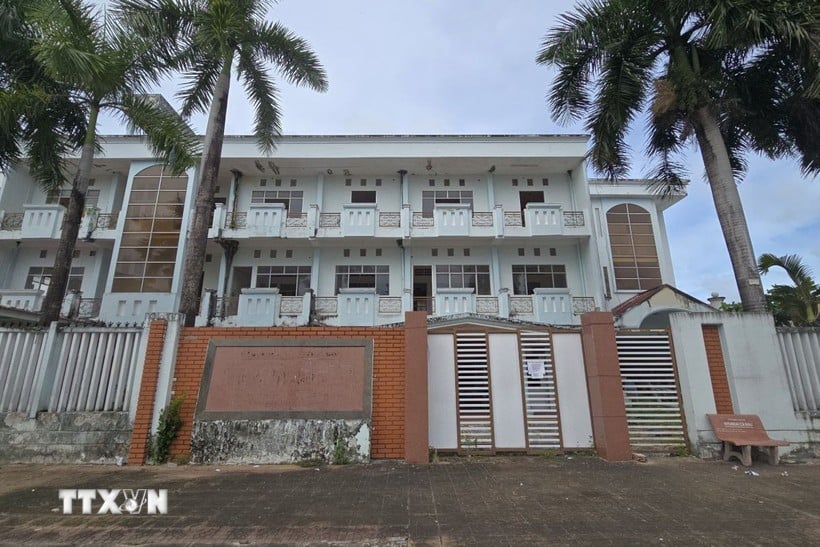
The 2025 national inventory of public assets under Decision No. 213/QD-TTg not only aims to standardize data and enhance transparency, but also opens up opportunities to turn surplus assets after administrative unit restructuring into development resources.
This is not only a technical activity but also a strategic task to standardize data, increase transparency, and create a foundation for effectively exploiting public resources to serve socio -economic development.
It is noteworthy that the general inventory took place in the context that many provinces and cities had just completed the arrangement of administrative units at the commune and district levels, officially operating the two-level government model, leading to the urgent need to handle a large volume of surplus public assets.
According to the Ministry of Finance, by the end of 2024, there will be more than 11,000 public housing and land facilities nationwide that have not been effectively handled, many of which are occupied or degraded. The abolition of district level in many localities has caused a sharp increase in surplus assets.
The National Assembly Standing Committee said that out of more than 38,000 public offices in 52 localities that have been rearranged (except for 11 localities that remain the same), up to 4,226 offices are redundant.
In some provinces, the situation of old headquarters deteriorating and wasting maintenance budget still occurs. Experts warn that without drastic measures, this situation will become a double burden, both incurring maintenance costs and missing development opportunities.
Faced with that situation, the Ministry of Finance, as the standing agency, has issued a detailed plan, guiding ministries, branches and localities to synchronously implement inventory.
The contents include all land, headquarters, infrastructure works invested by the State; large-value assets such as public cars, specialized assets; assets of completed projects but not yet handed over.
This also serves to build strategies and plans for socio-economic development; provide information for state financial reporting, practice thrift, and combat waste.
Some localities have shown effective ways to handle surplus public assets. For example, Hai Phong city, after administrative restructuring, has handled nearly 90% of old headquarters by public auction or conversion of use purpose, earning more than 600 billion VND for the budget.
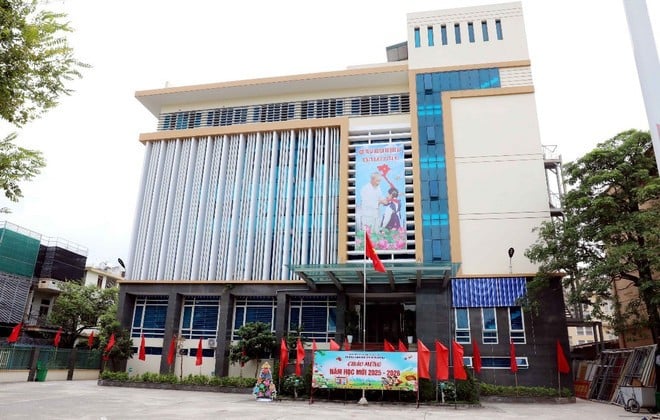
Thanks to this, seemingly unused assets have been transformed into resources for developing urban infrastructure, education, and healthcare. This is proof that with political determination and a systematic approach, surplus public assets can become a driving force for development instead of a burden.
According to Deputy Minister of Finance Bui Van Khang, handling surplus public assets is a difficult, complicated but mandatory task. If not done seriously, it will directly affect the effectiveness of management, administration and socio-economic development.
Therefore, the Ministry of Finance requires units to focus on developing exploitation and handling plans in accordance with regulations; at the same time, strengthen inspection and examination to promptly detect and handle cases of slow or illegal implementation.
An important principle repeatedly emphasized by the Ministry of Finance is that when arranging surplus public assets, it is necessary to ensure the stable operation of the apparatus after the arrangement. It is not recommended to sell or transfer at any cost, but to prioritize the arrangement for public purposes such as education, health, social culture, or transfer to central agencies located in the locality.
Along with that, the accountability of the head of the unit managing and using public assets is set out more clearly, along with strict sanctions for violations.
Dr. Le Quang Minh (University of Economics - Vietnam National University, Hanoi) raised the issue of merging provincial and commune-level administrative units and implementing two-level administrative units, which is creating a reality where many public offices and lands become redundant at the same time.
This raises three urgent requirements, namely the need to identify and re-evaluate all surplus public land funds, and it is worth noting that most local headquarters and ministries are located in prime locations.
Next, there is the requirement of a "master plan", a comprehensive national or provincial strategy to optimize the value of this land fund. Along with that is the requirement of absolute transparency to combat corruption and group interests.
If surplus public real estate is not managed effectively, it is a fertile ground for corruption. Any lack of transparency in the transfer, auction or conversion of purpose can cause the state to lose thousands of billions of dong.
In this context, e-Government is not an option, but a tool to solve this problem in a scientific and transparent way. Its role must be to build a "National Electronic Land Register of Public Assets" - a place to gather all data on land funds and public headquarters nationwide.
Each plot of land and each building must be digitized, assigned a unique identification code and located on a digital map. E-government becomes the foundation for data-driven decision making.
"Instead of making emotional decisions, leaders can look at digital maps and analyze data to know which headquarters should be transferred to other units, which land is suitable for building schools and hospitals, and which "golden" land should be put up for public auction to generate revenue for the budget," Dr. Le Quang Minh shared./.
Source: https://baolangson.vn/bien-tai-san-cong-doi-du-sau-sap-xep-don-vi-hanh-chinh-thanh-dong-luc-phat-trien-5059331.html





![[Photo] Solemn opening of the 8th Congress of the Central Public Security Party Committee, term 2025-2030](https://vphoto.vietnam.vn/thumb/1200x675/vietnam/resource/IMAGE/2025/10/4/f3b00fb779f44979809441a4dac5c7df)
![[Photo] General Secretary To Lam attends the 8th Congress of the Central Public Security Party Committee](https://vphoto.vietnam.vn/thumb/1200x675/vietnam/resource/IMAGE/2025/10/4/79fadf490f674dc483794f2d955f6045)
![[Photo] Bustling Mid-Autumn Festival at the Museum of Ethnology](https://vphoto.vietnam.vn/thumb/1200x675/vietnam/resource/IMAGE/2025/10/4/da8d5927734d4ca58e3eced14bc435a3)




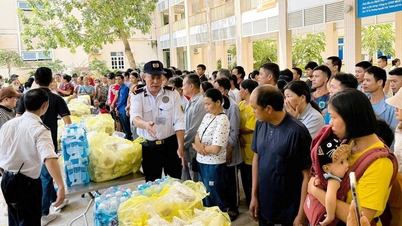












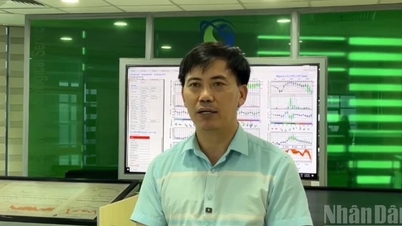

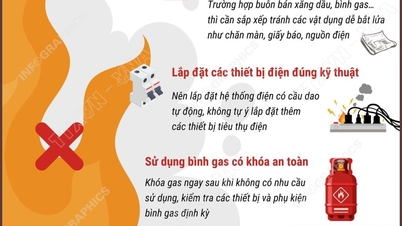




























![[VIDEO] Summary of Petrovietnam's 50th Anniversary Ceremony](https://vphoto.vietnam.vn/thumb/402x226/vietnam/resource/IMAGE/2025/10/4/abe133bdb8114793a16d4fe3e5bd0f12)

![[VIDEO] GENERAL SECRETARY TO LAM AWARDS PETROVIETNAM 8 GOLDEN WORDS: "PIONEER - EXCELLENT - SUSTAINABLE - GLOBAL"](https://vphoto.vietnam.vn/thumb/402x226/vietnam/resource/IMAGE/2025/7/23/c2fdb48863e846cfa9fb8e6ea9cf44e7)



















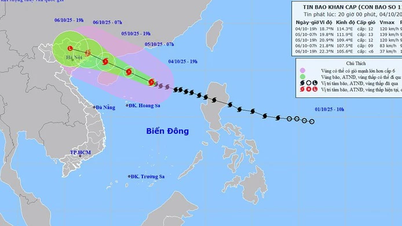










Comment (0)